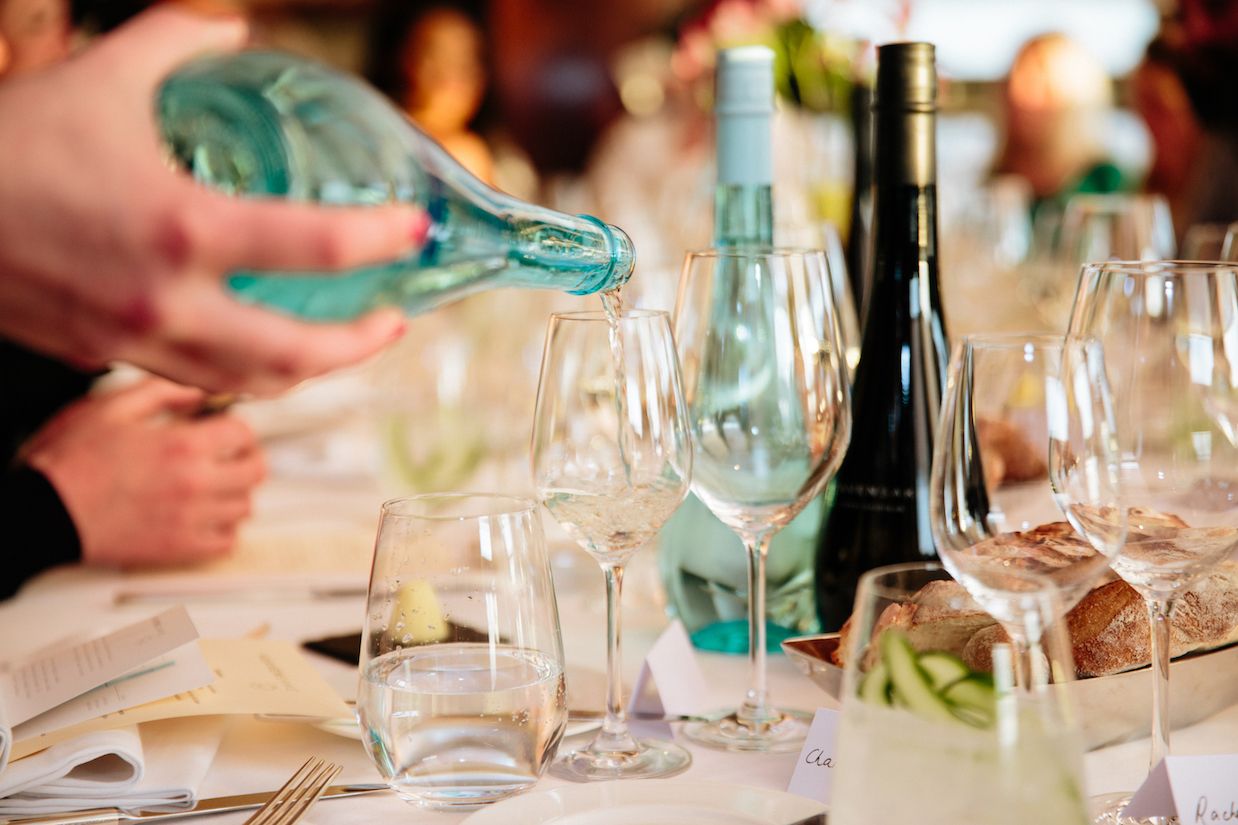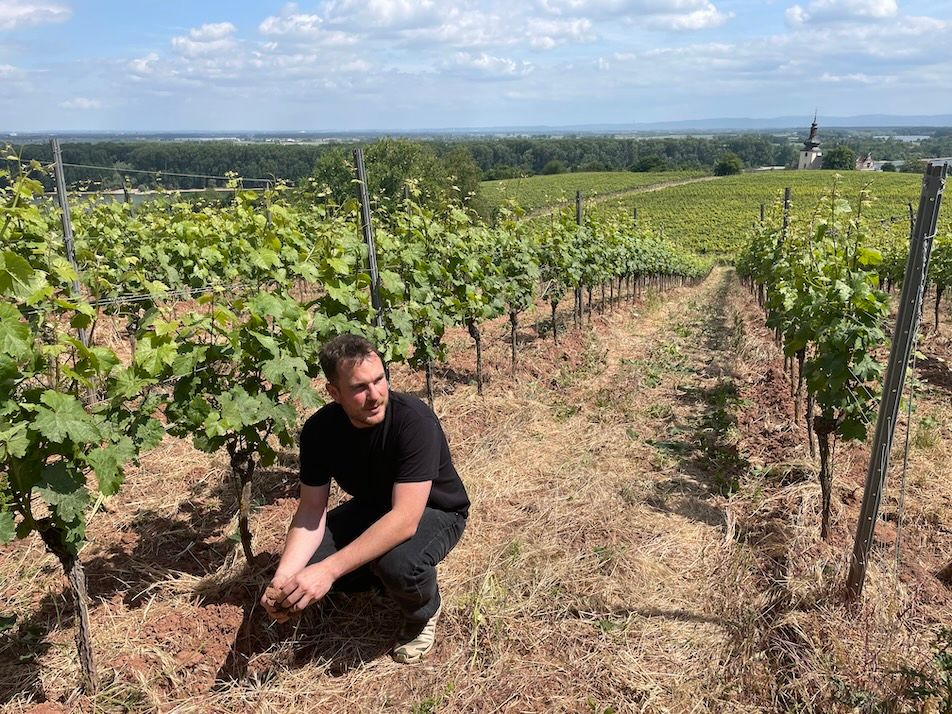HeavenSake is being marketed as ‘the world’s purest alcohol drink’ and is the brainchild of entrepreneur Carl Hirschmann, publisher Benjamin Eymère and Etienne Russo, founder of fashion show production company Villa Eugénie. Sommelier and sake educator Natsuki Kikuya thinks it could help open the door to sake for a larger Western market.

28 floors up at Galvin at Windows, an apt venue for a brand with the name “heaven” in it, and one that is promising ‘a better high’ on account of its low acidity and lack of sulphites, I was introduced to this previously unknown world of high end sake by Régis Camus, cellar master of Piper-Heidsieck since 1994 and eight-time winner of the Sparkling Winemaker of the Year award.
His enthusiasm for this new project was clear.
“After 40 years in Champagne, three years ago I embarked upon my adventure in sake.”
Beforehand, his understanding of sake was that it was more or less “an alcohol with a certain burning sensation reserved for consumption in Asian restaurants”. However, 14 visits to Japan later, he has discovered its wonders and uniqueness – it is not a wine and not a spirit, it very much sits in its own category.

Piper-Heidsieck cellar master Régis Camus, pouring his first sake blend at the London launch of HeavenSake
Camus first travelled to House of Dassai, to create the inaugural Junmai Daiginjo. The first time, he went to greet the sake makers, and to gain acceptance and acknowledgement. The second, to integrate, and the third, to gain trust and discover sake.
Camus decided he wanted to create a softer style of sake, with less of a burning effect, and to then educate and to communicate this style.
Despite not being wine at all, he found it has many similarities: he carries out assessment on the nose and palate for sake in the same way he does for wine. It associates very well with food pairing also.
So how were the two sakes tasting and what pairings were chosen?
Junmai Ginjo – served in smaller white wine glass, as if approaching a Riesling

The Junmai Ginjo is a blend of three types of rice all from the same prefecture, Miyagi-ken: Yamadanishiki, Toyonishiki and Kuranohana rice. This is made in collaboration with sake brewery Urakasumi. (RRP £45 for 720ml)
Tasting notes: Lovely pure nose with white flower notes. On the palate, there is a lot of citrus and nectarine notes, with a certain citronella edge. It is croquant on the attack, but extremely soft on the mid-palate and finish.
I had this with raw Orkney scallops, nori emulsion, blood orange, sweet soy and shiso which worked very well, highlighting the freshness of flavour on both sides.
Junmai Daiginjo – served in larger wine glass, as if a white Burgundy

This is a unique 100% Yamadanishiki from the Yamagushi-ken, in collaboration with Dassai. (RRP £90 for 720ml)
Tasting notes: particularly floral nose, with notes of lilac, lily pollen and jasmine, and on the palate showing fresh pears, with a more intense creamy mouthfeel. Aroma-wise, the palate is more subtle than the Junmai Ginjo, but with more texture and depth, and a longer finish with a pleasant ever-so-slightly saline edge.
I had this with wild garlic risotto, mascarpone, morels and raddichio, which also worked well – the round, soft mouthfeel complemented the creaminess of the risotto.
HeavenSake has enlisted the help of Natsuki Kikuya, sake educator, consultant and ex- head sommelier of Zuma. They are working with Bibendum, as well as directly. Restaurant listings already include Umu, Chiltern Firehouse, Arts Club, Monkey House, the Dorchester, and of course Galvin at Windows. Consumer sales are direct, and through Hedonism Wines.

Junmai Ginjo (l) and Junmai Daiginjo (r)
It’s a clever product with clever positioning, acting as a gateway into the world of sake for a contemporary crowd.
As Natsuki stated, “The Japanese create a wonderful, artisan, niche product, but don’t necessarily know how to translate it into the Western market.” With HeavenSake, that’s possible, and perhaps it will help to raise curiosity in the sake sector.
I spoke at the end with Camus, who said he feels very much that it is sake’s time – sparkling wine, gin and rum have all had their moment, and that sake may well become the next trend.
I asked Camus how he felt with Champagne, and how he felt with sake, to which he replied, “Champagne is my everyday life. But sake is my new adventure, which brings me great pleasure. I adore the country, the people and their respect for one another.”
When asked which was his own favourite sake, he simply said, “it’s like my children – you can’t ask me which one I prefer.”
A wonderful evening, and I’ll be looking out for where HeavenSake appears next.









































